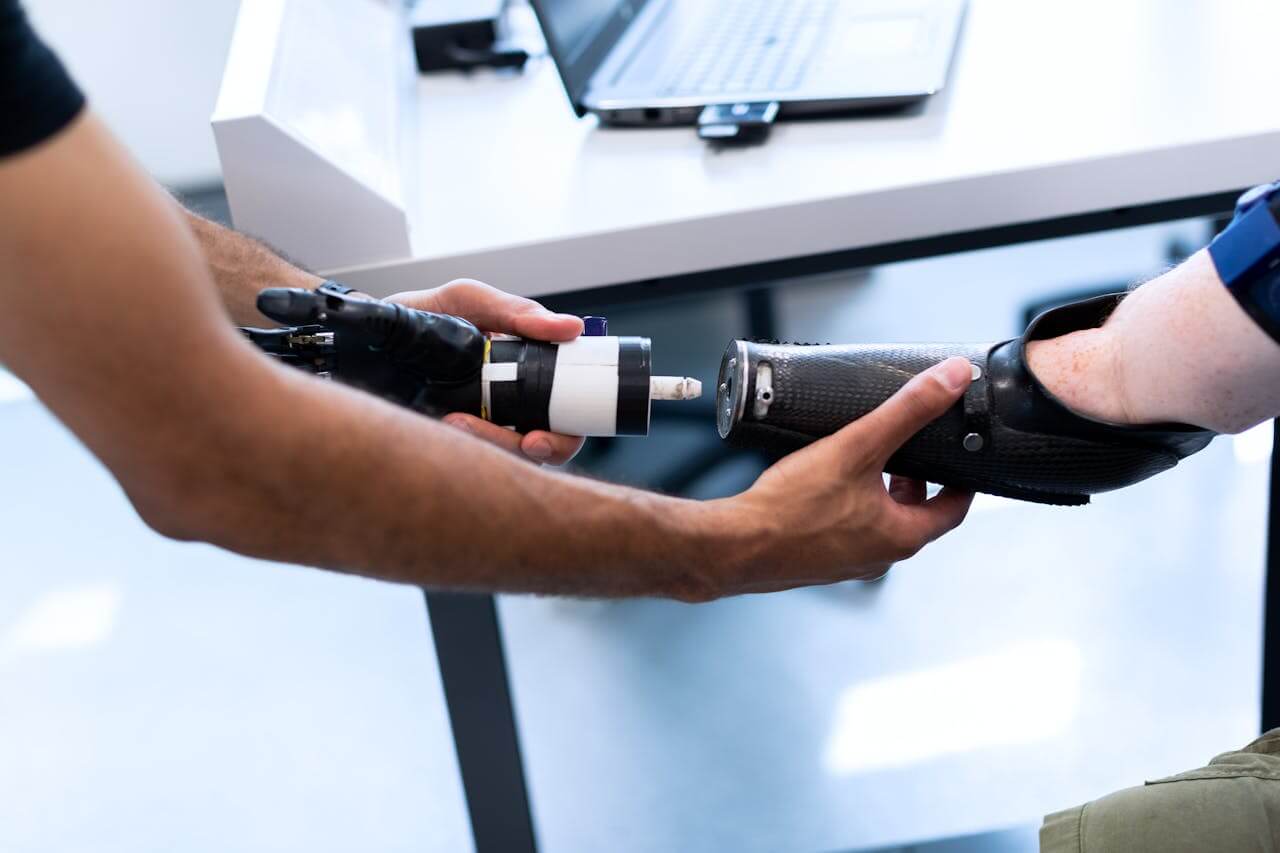Prosthetics have transformed the lives of millions of people, giving them the opportunity to regain independence, mobility, and confidence. These artificial limbs and devices, which range from simple, functional prosthetics to advanced, bionic ones, are marvels of modern engineering. However, despite the advancements in prosthetic technology, many misconceptions and myths still surround their use. Whether it’s outdated information or general misunderstandings, these myths can sometimes discourage individuals from exploring their options or lead to false expectations. In this article, we’ll debunk some of the most common myths about prosthetics and provide you with accurate information to better understand their role in rehabilitation and daily life.
Myth 1: Prosthetics Restore Full Functionality
One of the most pervasive myths is that prosthetics can fully restore the natural abilities of a lost limb. While modern prosthetics are incredibly sophisticated, they cannot entirely replace the exact functions of a natural limb. Even advanced bionic limbs, which can mimic many natural movements, are not perfect replicas. For example, although they can help an individual walk, hold objects, or even perform complex tasks, they don’t provide the same sensory feedback or precise control as a natural limb.
The goal of a prosthetic device is to offer functional independence and improve quality of life, not necessarily to replicate every single aspect of a lost limb. It’s important for people using prosthetics to set realistic expectations and work closely with healthcare professionals and prosthetists to achieve the best possible outcomes.
Myth 2: Prosthetics Are Painful to Use
Some people believe that wearing and using a prosthetic is inherently painful, but this is not typically the case. Prosthetics are designed to fit comfortably and allow the wearer to perform daily activities without discomfort. That said, there is often an adjustment period when someone first starts using a prosthetic. The body needs time to adapt, and during this time, some mild discomfort can occur.
However, if someone is experiencing ongoing pain or significant discomfort while using a prosthetic, it’s a sign that the device may not fit properly or that adjustments are needed. A well-fitting prosthetic should feel snug and supportive but not cause pain. Regular visits to a prosthetist can ensure the prosthetic remains comfortable and functional over time, especially as the body changes or heals.
Myth 3: Only the Elderly Need Prosthetics
Prosthetics are often associated with elderly individuals who have lost a limb due to diabetes or vascular disease, but prosthetic users come from all age groups. In fact, children, teenagers, and young adults make up a significant portion of the prosthetic-using population. Individuals who lose limbs due to congenital conditions, accidents, cancer, or other reasons may need prosthetic devices at any age.
Children, in particular, require special attention when it comes to prosthetics. As they grow, their prosthetics need to be adjusted or replaced to accommodate their changing bodies. Contrary to the myth, younger individuals often benefit immensely from prosthetics that enable them to remain active, pursue hobbies, and engage in sports.
Myth 4: Prosthetics Are One-Size-Fits-All
Another common misconception is that prosthetics come in standard, pre-made sizes that anyone can wear. In reality, prosthetic devices are highly customizable and tailored to the unique needs and body dimensions of each individual. Prosthetists work closely with the wearer to create a prosthetic that fits well, functions properly, and meets the person’s lifestyle needs.
For instance, an athlete may require a different type of prosthetic than someone who primarily uses theirs for walking or performing daily tasks. Prosthetics can be customized for specific activities, such as running, swimming, or even climbing. No two prosthetics are exactly alike, and creating a well-fitting, functional prosthetic requires precision and collaboration between the prosthetist and the user.
Myth 5: All Prosthetics Are Expensive
While it’s true that some high-tech prosthetics, such as bionic limbs, can be costly, not all prosthetics come with a hefty price tag. The cost of a prosthetic depends on various factors, including the type of device, the materials used, and the level of technology involved. Basic prosthetics designed for everyday use can be relatively affordable, especially with the help of insurance coverage, government programs, or financial assistance.
Many insurance plans cover a significant portion of the cost of a prosthetic, especially if the device is deemed medically necessary. Additionally, organizations and foundations often provide financial aid to individuals who cannot afford prosthetics, ensuring that cost doesn’t have to be a barrier to receiving the care they need.
Myth 6: Prosthetic Limbs Are Fragile
Contrary to popular belief, prosthetic limbs are built to be durable and withstand daily wear and tear. While no device is indestructible, modern prosthetics are made from high-quality, resilient materials such as carbon fiber, titanium, and silicone. These materials are designed to endure a range of activities, from walking and running to more intense physical tasks.
That being said, proper care and maintenance are essential to ensuring the longevity of a prosthetic. Regular cleaning, checking for signs of wear, and making necessary adjustments or repairs can help keep a prosthetic in good working order for years.
Myth 7: Once You Have a Prosthetic, You Don’t Need Further Medical Care
Some people believe that after receiving a prosthetic, the rehabilitation process is complete, and no further medical care is necessary. However, the journey doesn’t end once a prosthetic limb is fitted. Ongoing care is crucial to ensure the prosthetic continues to function well and meet the user’s needs. This may include follow-up appointments with a prosthetist, physical therapy to improve mobility and strength, and periodic adjustments to the prosthetic itself.
Over time, the body may change, or the prosthetic may need modifications. Regular medical check-ups are essential for addressing any issues early on and ensuring the user remains comfortable and mobile.
Myth 8: You Can’t Be Active with a Prosthetic
This myth is far from the truth. Many individuals with prosthetics lead active, adventurous lives. There are prosthetics specifically designed for athletes and individuals who enjoy high levels of physical activity. From running blades to swimming prosthetics, these devices are engineered to meet the demands of rigorous physical challenges.
In fact, many elite athletes, including Paralympians, use prosthetics that enable them to compete at the highest levels. Whether it’s cycling, swimming, climbing, or running, prosthetic users can participate in virtually any sport or activity they choose.
Conclusion
Prosthetics have come a long way in recent years, thanks to advancements in technology and medicine. While many myths still persist, it’s important to separate fact from fiction. Prosthetics are highly customizable, comfortable to use, and enable individuals to lead active, fulfilling lives. By dispelling these common myths, we can better understand the incredible benefits prosthetics offer and support those who use them in their journey toward independence and empowerment.



